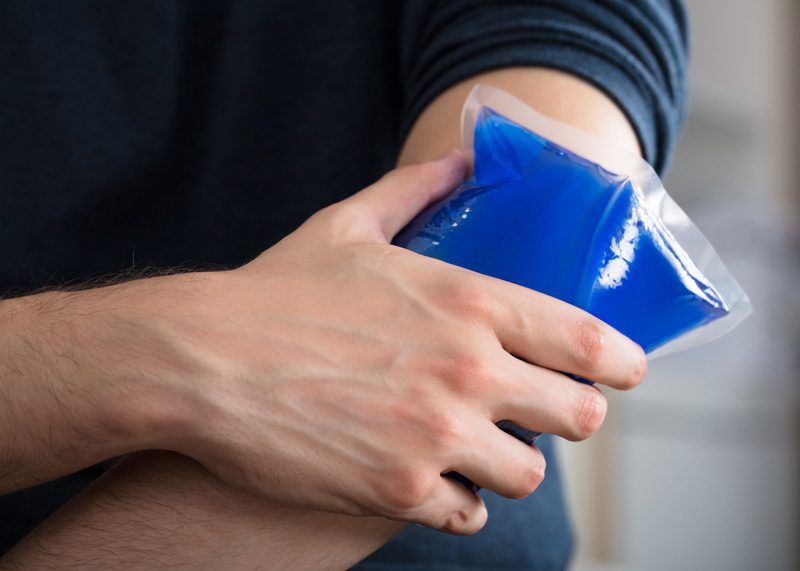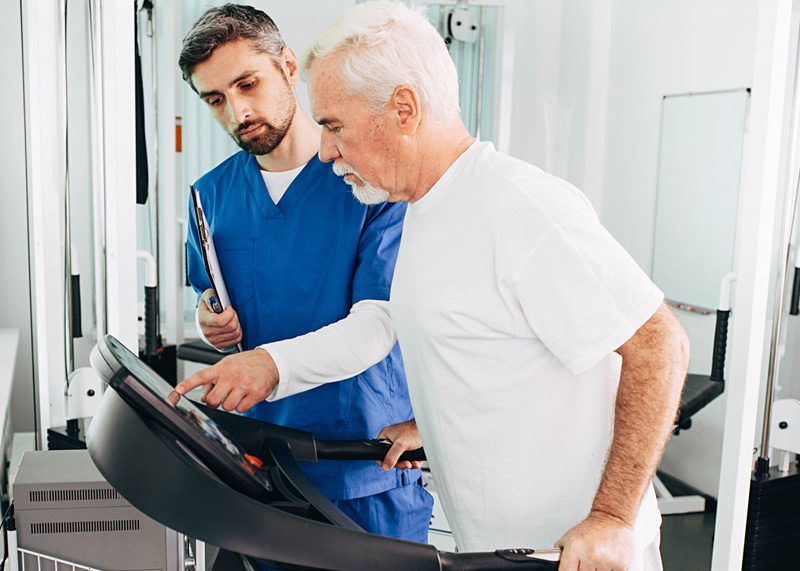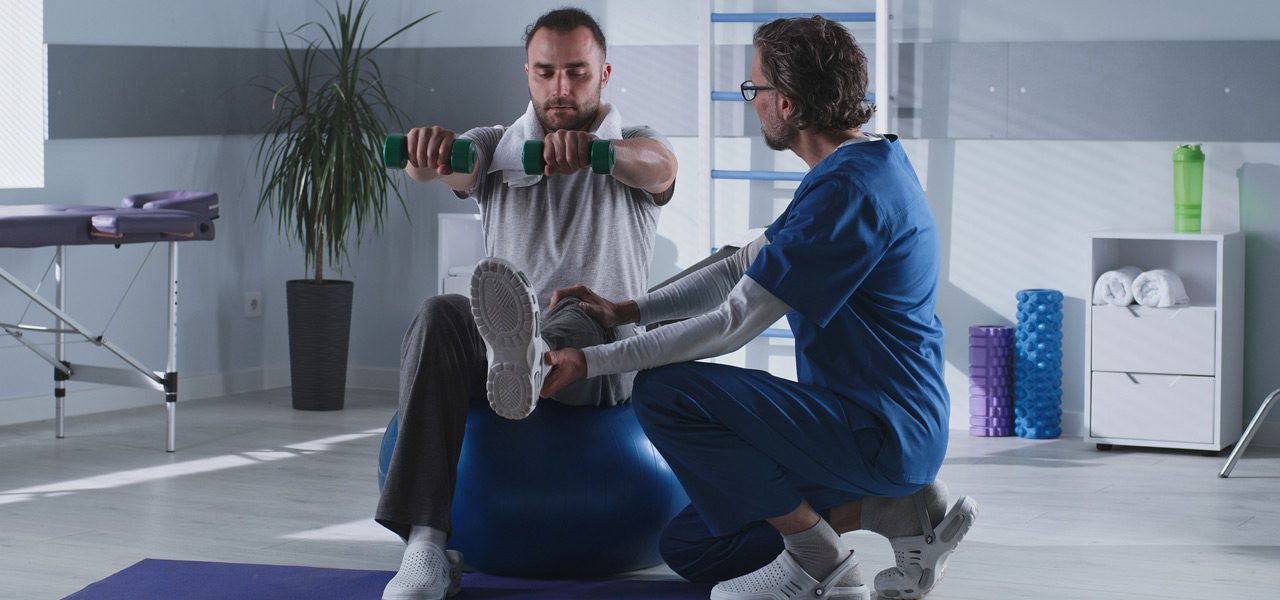

Physical therapy is a crucial component of many treatment plans. Patients diagnosed with a wide range of conditions and illnesses may be prescribed physical therapy to improve total body function.
Who Needs Physical Therapy?
Patients may need physical therapy if they are experiencing any of the following:
- Neck pain
- Low back pain
- Arthritis in one or more joints
- Fractures and other orthopedic conditions
- Difficulty with balance or mobility
- Chronic fatigue and weakness
- Respiratory problems
- Problems with the knee, ankle, or foot
- Problems with the shoulder, hand, arm, and wrist
- Sprains and muscle strains
- Work-related injuries
- Sports-related injuries
Physical therapy may also play a key role in the recovery of patients receiving cardiac rehabilitation, pre- and post-partum care, neuro-rehabilitation, cancer treatment, and preventative treatment for osteoporosis.

Therapeutic Exercises
Physical therapy exercises may be done to improve:
- Strength
- Range of motion
- Flexibility
- Balance and proprioception
- Mobility
- Cardiorespiratory health
Depending on the type of exercise prescribed by the physical therapist, patients may need to use the following tools and equipment:
- Foam rollers
- Therapy balls
- Resistance bands
- Free weights and dumbbells
- Treadmills
- Bikes or upper body bike
- Balance and wobble boards
- Towels and straps
Gait Training
Patients struggling to stand or walk may benefit from gait training, which is a form of physical therapy designed to:
- Strengthen the muscles and joints
- Increase endurance
- Build muscle memory
- Improve balance and posture
- Retrain the legs for repetitive motion
- Reduce the risk of falls
- Increase mobility
Gait training may also lower a patient’s risk of heart disease and osteoporosis.
Patients with the following conditions may experience difficulty walking:
- Broken legs or pelvis
- Lower limb amputation
- Spinal cord injuries
- Joint injuries or replacements
- Strokes or neurological disorders
- Muscular dystrophy or other musculoskeletal disorders
Gait training may involve walking on a treadmill and completing muscle strengthening exercises. Patients may also practice stepping over objects, sitting down, standing up, and lifting their legs.
Pain Management
To treat and minimize symptoms of pain, physical therapists may have patients do the following:
- Low-impact aerobic training to increase heart rate
- Strengthening exercises targeting core muscles
- Pain relief exercises targeting areas lacking in strength and flexibility
- Stretching exercises
Patients may also receive heat and ice packs to soothe inflammation and minimize pain.
With every exercise and treatment, physical therapy will target the following factors contributing to pain:
- Injury and inflammation
- Neurophysiology
- Fear and other emotions
- Movement avoidance
- Deconditioning
- Hormones
- Stress
- Mental and physical health conditions
- Poor sleep habits
- Nutrition
Safety Training & Education
Active Plus Home Health Care, Inc. medical professionals are trained to teach patients safe movement throughout everyday activities to prevent injury or illness.
Patients with existing medical conditions will learn how to avoid further injury, such as falls. In addition, patients will learn how to identify the risks of injury in their daily environment and take steps to mitigate them.
Active Plus Home Health Care, Inc. offers physical therapy to patients of all ages. Give us a call to learn more about our physical therapy services.

